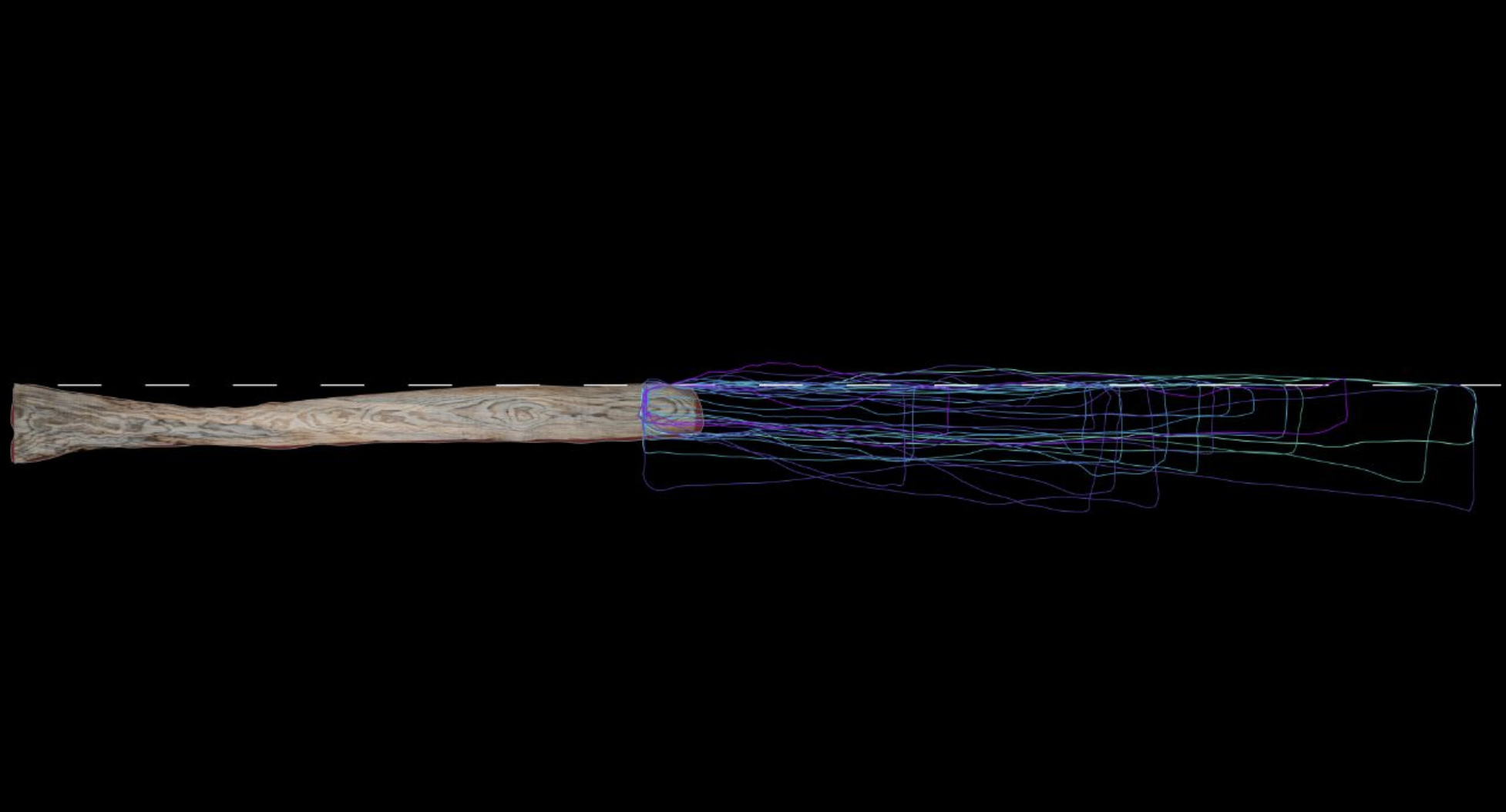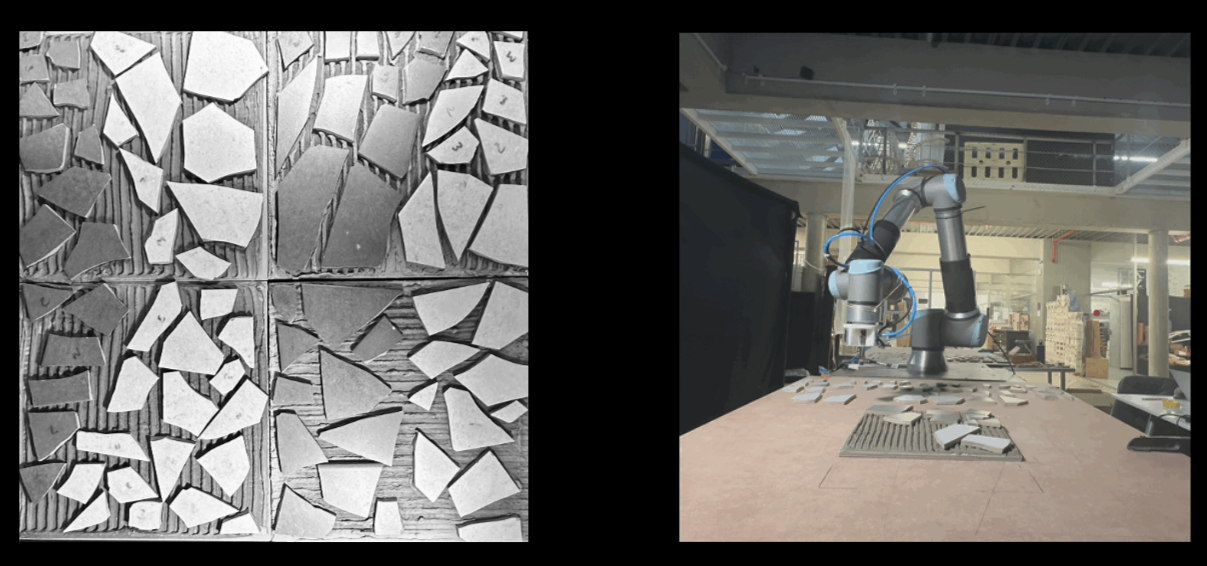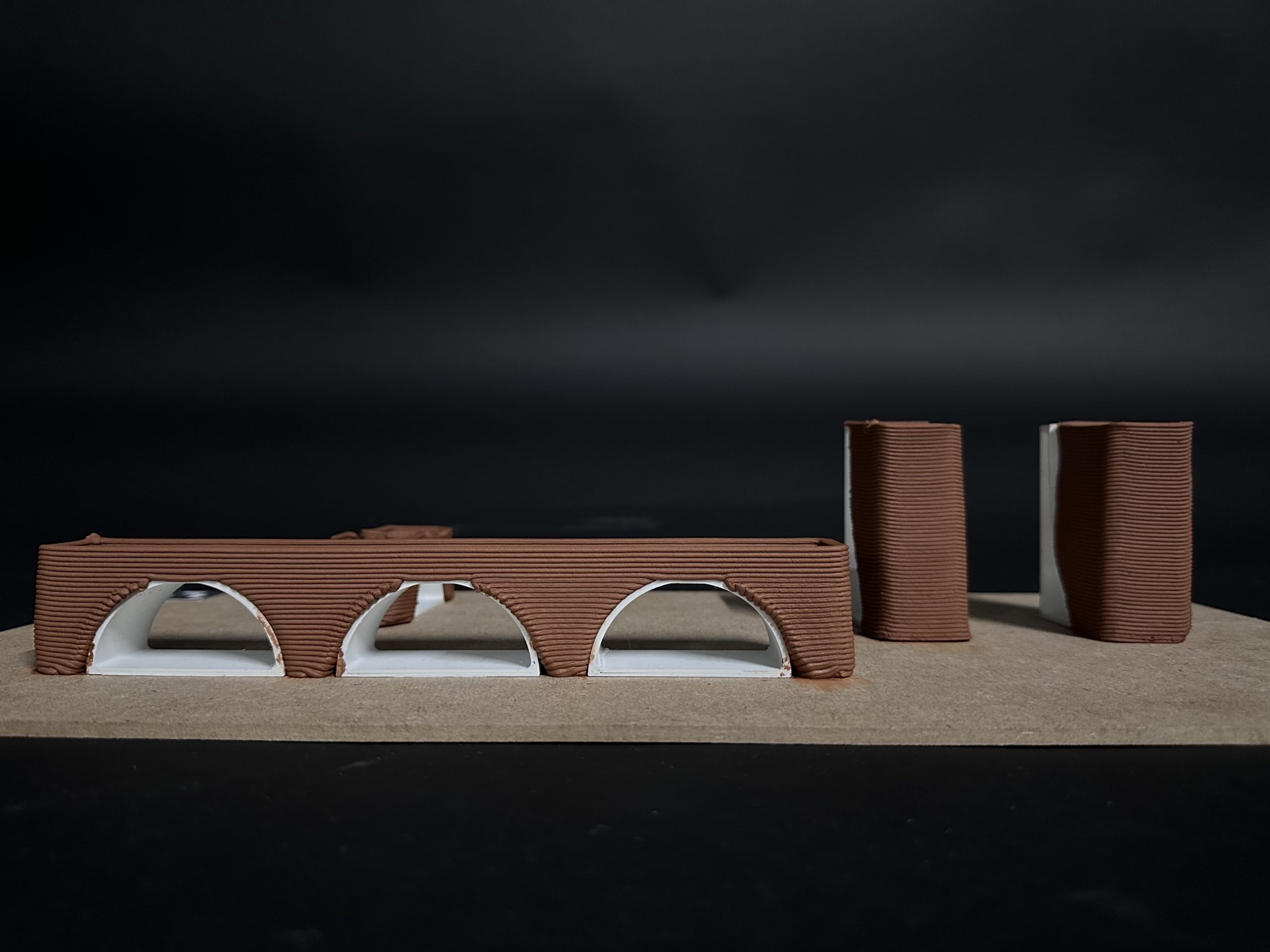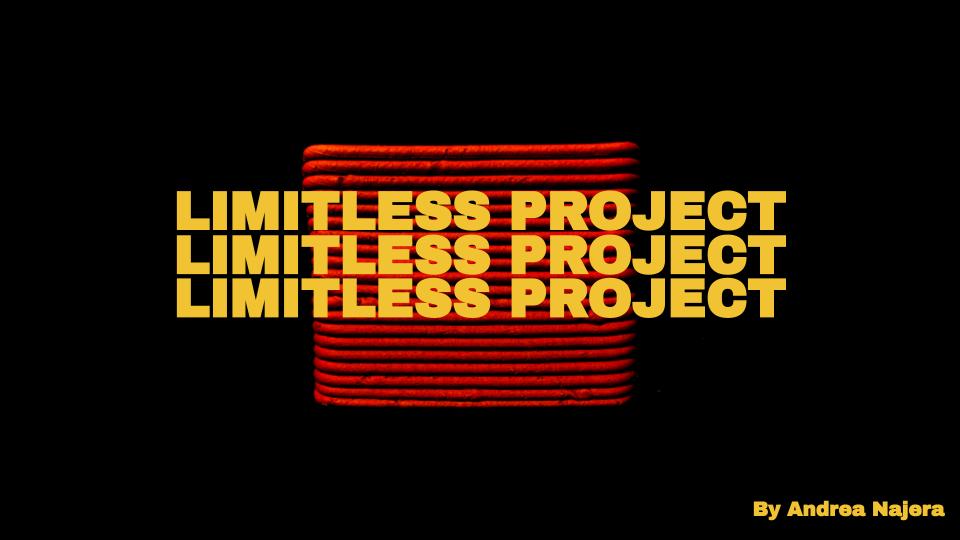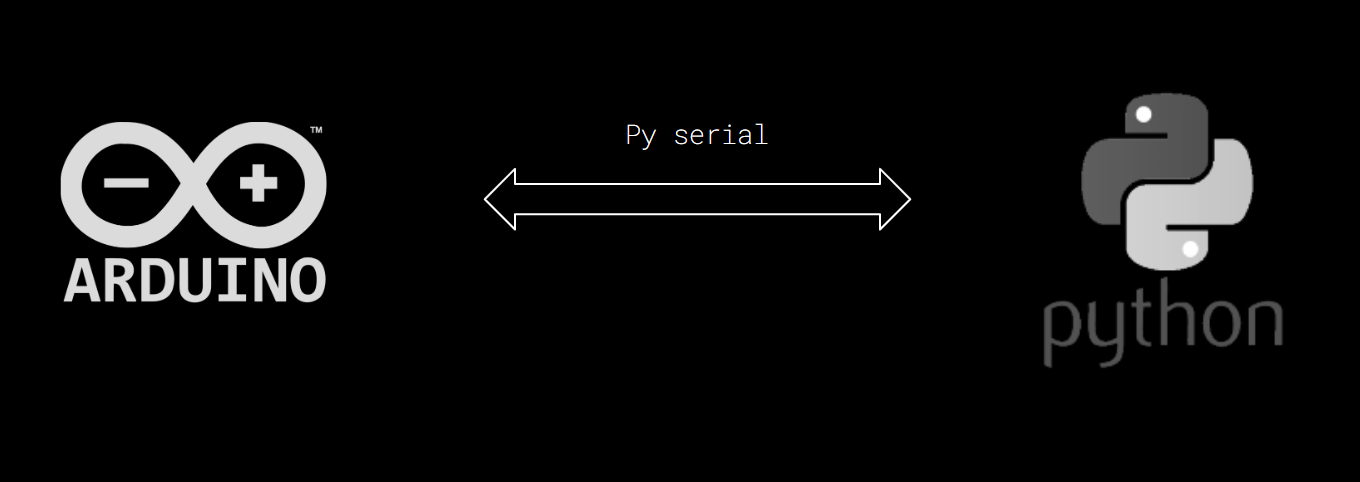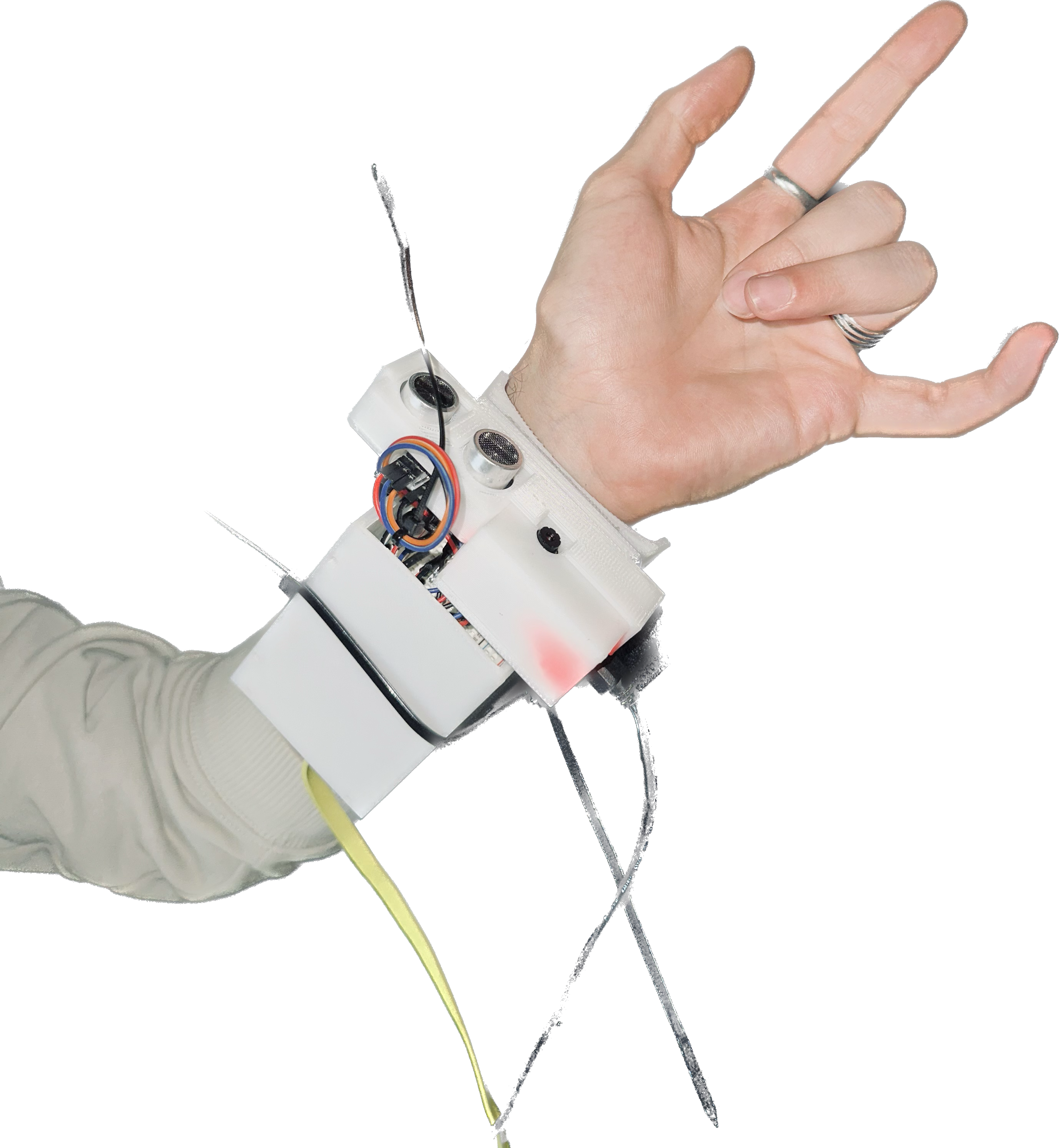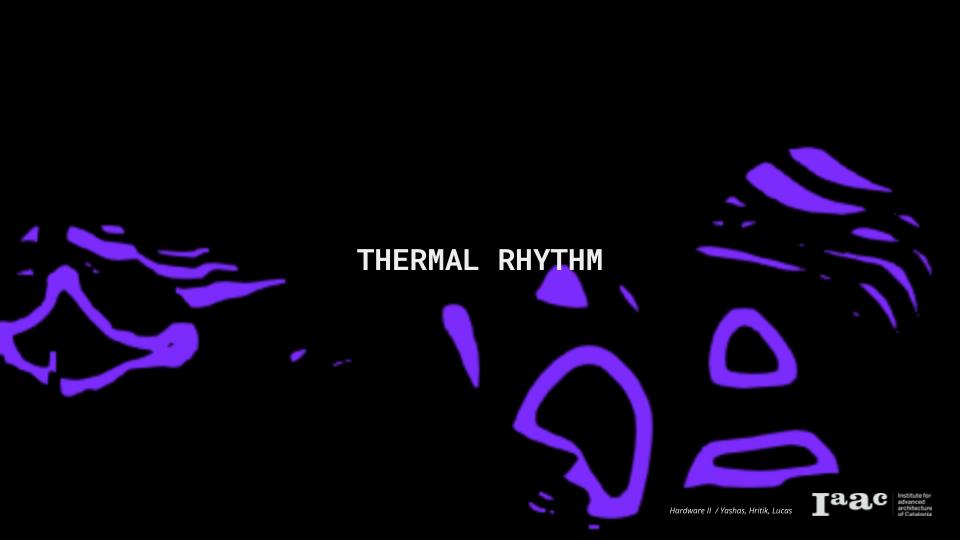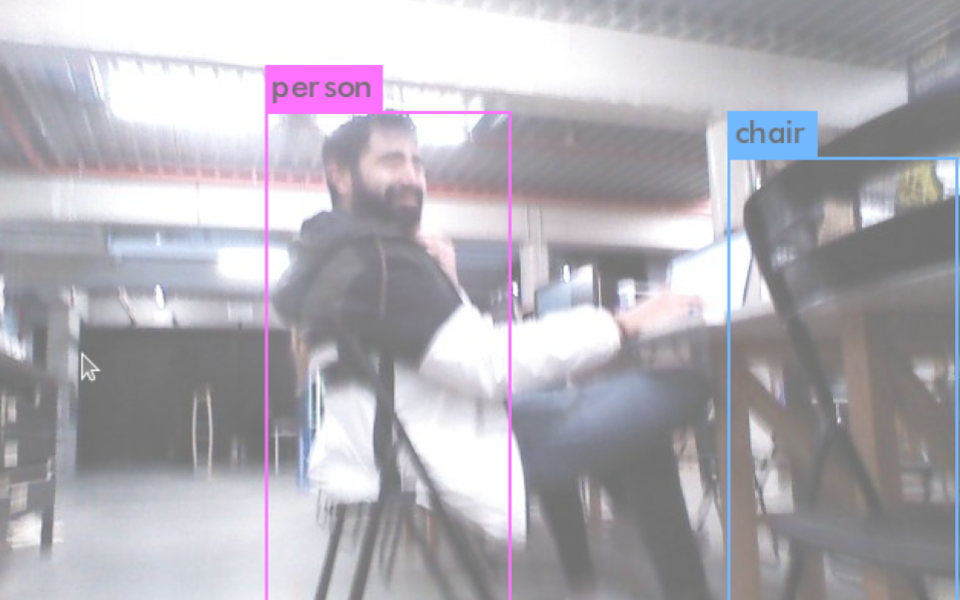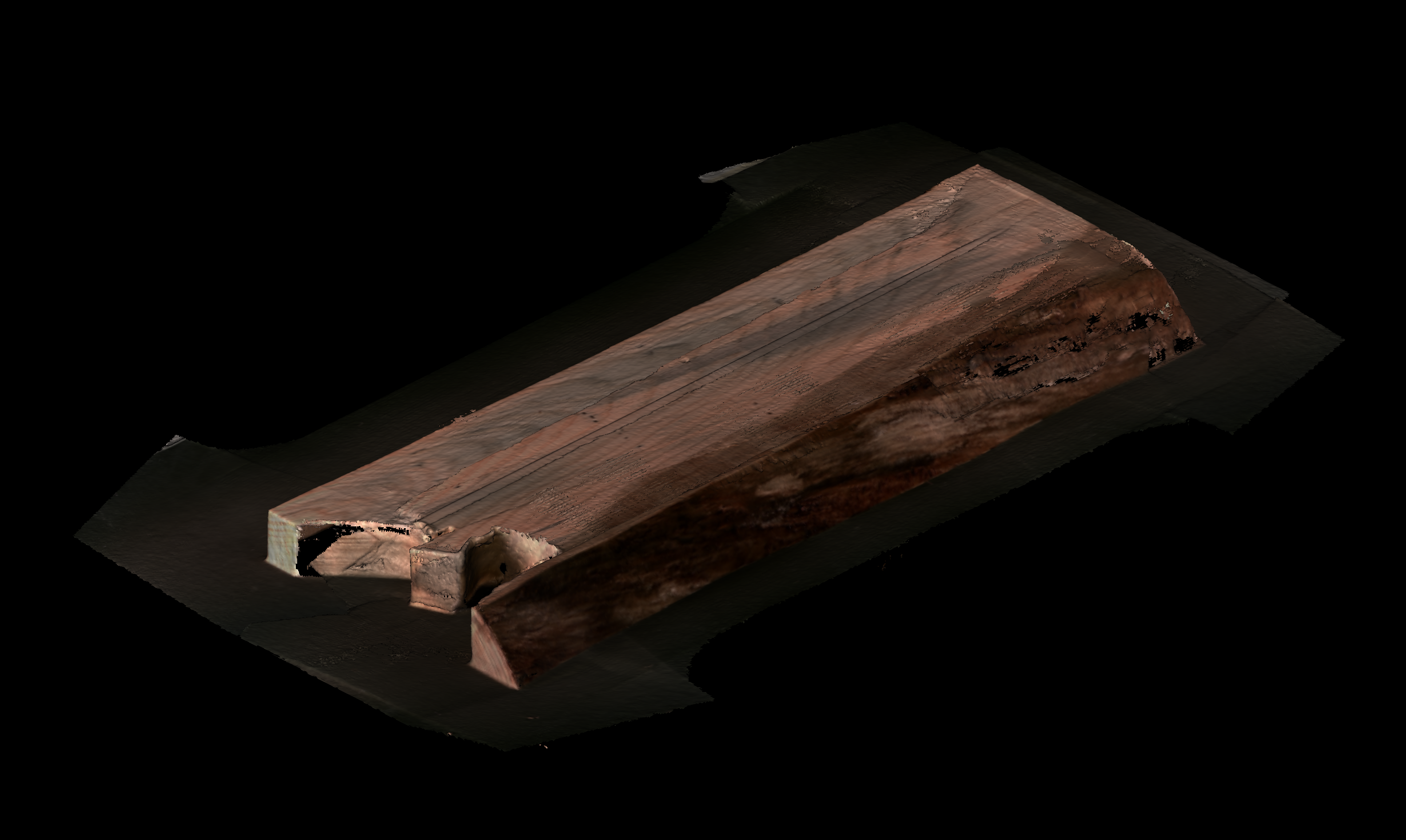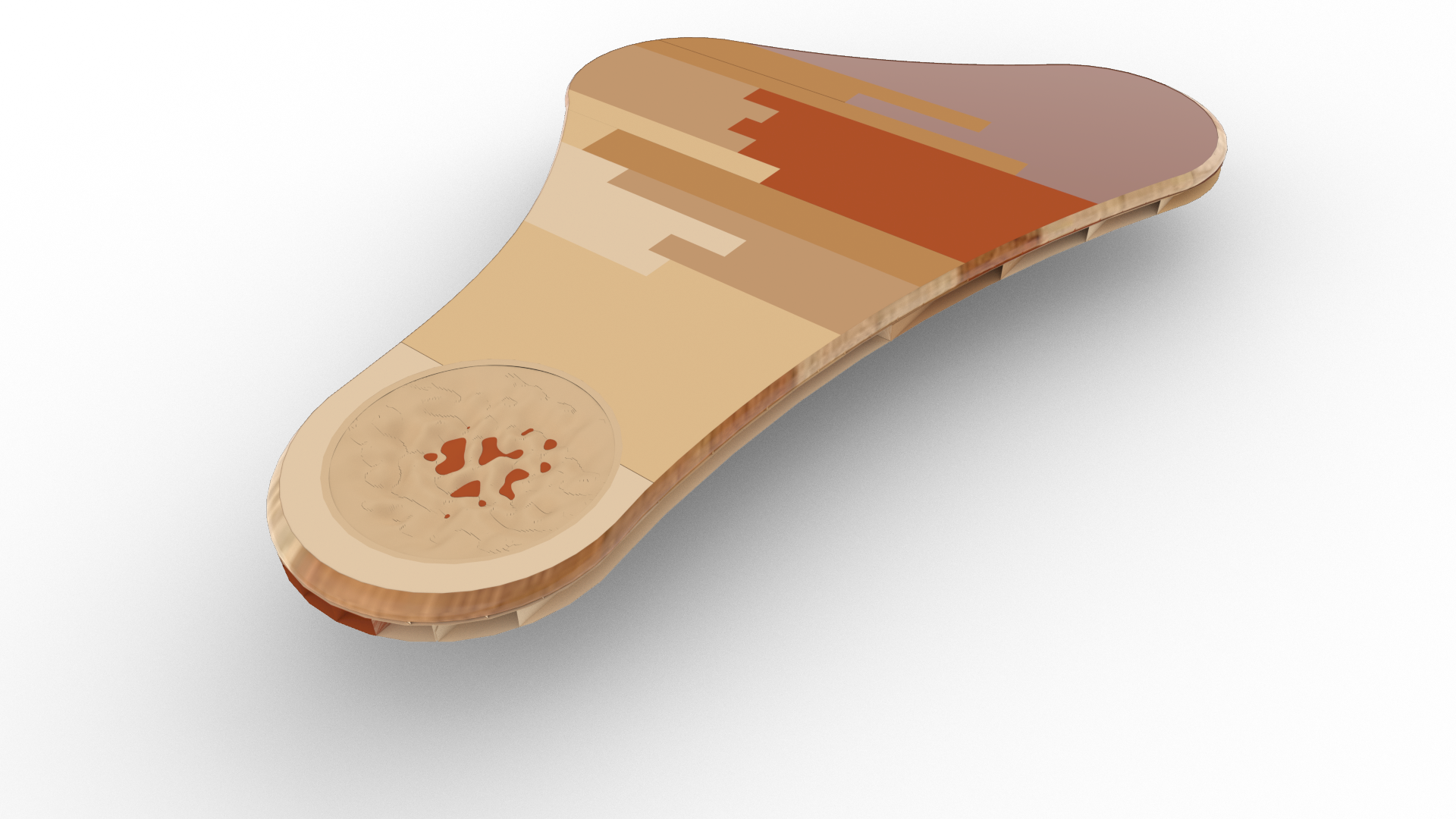The Master in Robotics and Advanced Construction (MRAC) seeks to train a new generation of interdisciplinary professionals who are capable of facing our growing need for a more sustainable and optimised construction ecosystem. The Master is focused on the emerging design and market opportunities arising from novel robotic and advanced manufacturing systems.
Through a mixture of seminars, workshops, and studio projects, the master programme challenges the traditional processes in the Construction Sector. It investigates how advances in robotics and digital fabrication tools change the way we build and develop processes and design tools for such new production methods.
NOT_Tiles
AIM \\ Create a design logic that would enable artists and mosaic makers to create unique, one of a kind and highly complex mosaic patterns by giving a second life to broken tiles; having full control of the overall geometry pattern and manufacture of each individual tile through computational technologies and mass production robotic strategies. … Read more
Adaptive AM in Robotics
Context Additive manufacturing is growing exponentially in many industries at many levels, pushing towards new upgrades as a competitive alternative by reducing its logistic and production costs and increasing its flexibility and adaptability to the market’s demand. However, there is still an important challenge that it is facing: a gap on matching references between physical … Read more
Context Aware Robotics AM
Context This project seeks for adapting the 3D printing process to known geometries used as supports or external elements as formwork, located in the physical space to save the costs of material and time to produce non reusable ones. These elements are detected through Computer Vision to update the toolpath on the digital model. There … Read more
RoboMosaic
MRAC Workshop 2.2 Introduction We know that trash is a problem, specifically with respect to construction and demolition waste. The saying is supposed to go, ‘One man’s trash is another’s treasure.’ but at the moment we are missing the processes to intervene in the massive flows of construction and demolition wasted that are sent to … Read more
Limitless Project
The construction industry creates a waste that is expected to reach 2.2 billion tons globally by 2025 (Transparency market research). Because of this the market started trying different new techniques to construct with less waste, that is how with the 4.0 industrial revolution came the Additive manufacturing process, that fabricates physical 3D objects layer by … Read more
Limitless project
This project is looking to be a tool that allow the monitoring, messure and documentation of the AM process at the moment of the printing with the help of conventional cameras, analog sensors, robot Data and open source technology Limitless project use different technology process to adquire information and process it. After the creation of … Read more
Interactive Designs
PROJECT AIM Design an interactive led wall to maximize human interaction by providing some kind of conversation and movement. DEVELOPMENT PLAN BILL OF MATERIALS PROTOTYPE DESIGN For the prototype, we designed two different components for the sensor exploration, the one in the left we called “HandLED” and the one in the right the “Talking LED … Read more
Spidey Sensor
During this Hardware seminar, we were able to understand different types of sensors used in robotics and the techniques used to process the collected data. The aim of the seminar is to use the sensors to understand the environment and then expect the robot to take decisions (automation) and carry a specific task (actuation). For … Read more
Thermal Rhythm
An interactive art installation that utilizes thermal imaging and real-time animation to create a captivating visual experience. The general aim of the project “Thermal Rhythm” was to generate an interactive art-wall in complete darkness which translates the human body movements into animations that controls or visualizes the emotions of the detected person through different colors … Read more
From Scans to Mesh: Exploring ROS and MoveIt
During the seminar, we explored the core concepts of ROS (Robotic Operating System), its vital tools, and the seamless integration of Python for interacting with robots. With this integration, we effortlessly processed sensor data and exercised control over the UR10e robot, which served as our platform for the seminar. Through practical exercises, we gained hands-on … Read more
ARUCO MARKER GUIDED AUTONOMOUS ROVERS
Aim Fiducial Markers Aruco fiducial markers were used for object detection and localization. Fiducial markers are black and white markers that can be detected and identified by computer vision algorithms, making them useful in a variety of applications. Here are some of the benefits of using Aruco fiducial markers: Localization & Mapping Workflow Node Graph … Read more
RTAOD
real-time autonomous object detection The project “RTAOD” in the workshop 2.1 was developed to navigate and localize a robot autonomously through room and create a map of the scanned area. In the meantime it collects data of detected objects and counts the quantity of them. Required tools This project got realized by the Software “ROS … Read more
Object of My Affection
We programmed a turtlebot to identify and follow (at a respectful distance) the object of its affection: a simple yellow disk. We used the following in our project: Hardware Software Using Simultaneous Localization and Mapping To complete the process, a ROS node subscribed to the image topic being published that contained video from the Astra … Read more
ARtisan
The efficient utilization of forestry products plays a vital role in sustaining industries such as construction and furniture manufacturing. To meet the demands of mass production, raw materials undergo a process of standardization, enabling streamlined operations and increased output. However, this standardization process results in the generation of valuable by-products such as planar offcuts. These … Read more

